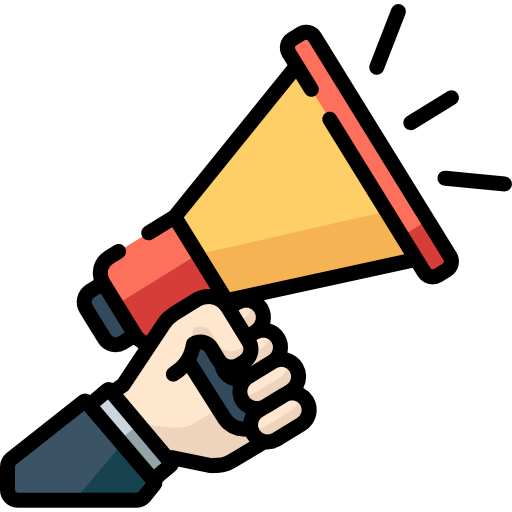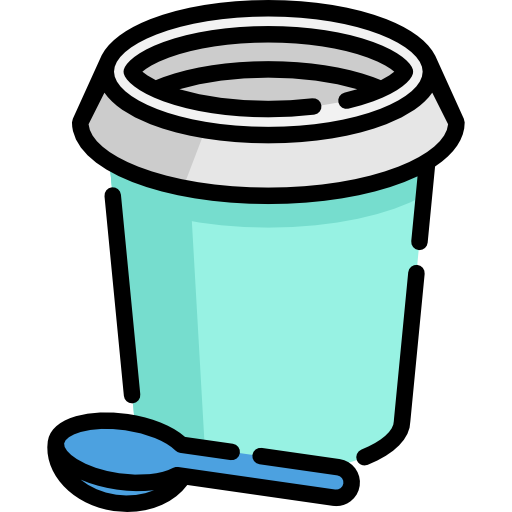 Vegetarian : Very pale homo sapiens sapiens only feeding with vegetables, therefore, lettuce
Vegetarian : Very pale homo sapiens sapiens only feeding with vegetables, therefore, lettuce Vegan : Radical vegetarian who’s lost his reason
Vegan : Radical vegetarian who’s lost his reason
Basics : definitions
Jokes apart, there is a lot of confusion around the vocabulary related to plant-based diets. In order to be able to make the difference between each of them and keep quiet the people who assure you that vegetarians eat trout, here are the basics :
VEGETARIAN : Person who doesn’t consume animal flesh. Fishes and seafood don’t grow up on trees, therefore, they are part of the animal reign (as well as insects). A vegetarian eats animal products such as dairies (milk, cream, cheese, butter etc), eggs and honey.
VEGAN : Person who doesn’t consume animal flesh neither animal products. He/she won’t eat meat, fish, seafood, eggs, milk, cheese, butter and honey as well as any product that contains one of those ingredients.
But veganism goes further than that. Indeed, it is not only about feeding. It also affects your lifestyle.
Being vegan is a way of living. A vegan doesn’t consume or use any product implying any form of animal exploitation. He won’t use objects that contain animal substances, have been tested on animals (cosmetics for example) or buy animal clothing and furnishing pieces (leather, wool, silk). Veganism applies to everything that surrounds your daily-life including activities based on animal exploitation (circuses, zoos etc…).
Other definitions:
 Ovo-vegetarian : doesn’t consume animal flesh or dairy products but eats eggs.
Ovo-vegetarian : doesn’t consume animal flesh or dairy products but eats eggs.
 Lacto-vegetarian : doesn’t consume animal flesh or eggs but eats dairy products.
Lacto-vegetarian : doesn’t consume animal flesh or eggs but eats dairy products.
 Flexitarian : doesn’t eat animal flesh most of the time and reduces it to rare occasions.
Flexitarian : doesn’t eat animal flesh most of the time and reduces it to rare occasions.
 Pesco-vegetarian : doesn’t eat meat but eats fishes and seafood.
Pesco-vegetarian : doesn’t eat meat but eats fishes and seafood.

The above information are basics, but there is not such thing as a strict rules in terms of plant-based diets. Everyone adapts his diet to its possibilities. It is a strictly personal choice and it is very important that everyone feels free to act according to what suits him the best.
 Basics: What is the issue with eating seafoods ?
Basics: What is the issue with eating seafoods ?
If most people easily get why eating meat can be an issue, they don’t see it with fish and seafood.
But it is an ethical and ecological disaster as well as often being unhealthy.
Fish and seafood benefit from a very good image for the health. However, they are considered « sub animals ». Yet, they are sensitive and evolve among real social structures.
Fishing of most of seafood products that we eat is a disaster for the seabed. The technologies used destroy everything on their way, leaving the seabed as a desert. BYCATCH : Fishing kills a huge number of animals that are not always the targeted species : dolphins, sharks, turtles …. Those species literally die for no reason and are sometimes thrown back to the sea, harmed or dead. This is what we call the bycatch, a practice that represents 40% of the worldwide fishing. Consequently, almost half of what is fished doesn’t match the real target. Only in France, it is around 11 000 dolphins that are accidently fished every year, just to mention this specie.
BYCATCH : Fishing kills a huge number of animals that are not always the targeted species : dolphins, sharks, turtles …. Those species literally die for no reason and are sometimes thrown back to the sea, harmed or dead. This is what we call the bycatch, a practice that represents 40% of the worldwide fishing. Consequently, almost half of what is fished doesn’t match the real target. Only in France, it is around 11 000 dolphins that are accidently fished every year, just to mention this specie.
We under-estimate the suffering of sea animals caused by those technics because they don’t shout or show pain as other animals. However, their actual ability to feel pain doesn’t neet to be demonstrated anymore. Between the very fast nets ascents, injuries and other long asphyxiations, they are far from a peaceful end of life.
Also, because of an intensive farming, highly consumed fishes like salmon are fed with antibiotics and contain heavy metals that we ingest. Some of them often manage to escape from the seafarms. They mate with wild species, compete with them on their vital space and food and give them parasites, endangering the balance of nature.
Finally, we can underline the issue of micro-plastics. Micro-plastics are micro-particles of different polymers produced by us humans, that end up in the seas and oceans. Those micro-plastics, further than being deadly to marine species, are swallowed, breathed or eaten by fishes and end up in our plates without being visible.

The basics of Veganism
What is the issue with animal products?
 Dairies
Dairies
To produce milk, we need a calf. Currently, this means artificial insemination, and a quick separation from the mother right after birth.
If the calf is lucky and grows in a small farm, he will get some of his mother’s milk. The rest of his feeding will be made of traditional dry breeding food. In the end, the calf will be driven to a slaughterhouse for his meat, after a few months only.
Regarding the cow, her milk will be used for the dairy industry and she will be inseminated again as soon as possible. Nowadays, cows are selected to produce incredibly high amounts of milk, which is not adapted to their bodies and causes a lot of pain and health complications. When they tend to be less productive, they are also sent to the slaughterhouse for their meat. This system embodies a real moral issue for some people who consequently choose the path of veganism.
 Eggs
Eggs
The reality of a laying hens’ life is often crual. Males are eliminated after hatching because the chicken we eat is a different specie. On the other side, laying females have to live in very tiny spaces, with artificial light, enhancing the development of diseases. They can rarely or sometimes never go outside . They don’t have space to walk or open their wings and undergo the cut of their beaks to avoid hurting others because their living conditions are so unbearable that they become aggressive. Finally, they ingest a lot of antibiotics.
This is the reason why some people stop eating eggs.
There are organic breeding places for laying hens, or small places where they get a better treatment. However in the end, no matter the living conditions, because of profitability reasons, they are slaughtered for their meat and are replaced by new ones after one year of intensive work, when they can normally live 5 to 10 years.
 Wool
Wool
« Sheeps need the be sheared « are we going tell you.
Indeed they do, but a sheep doesn’t need nor wants to be mistreated. What’s more, sheeps raised for their wool are coming from numerous genetic combinations enhancing an overproduction of wool that has nothing to see with nature anymore. Once more, industry’s reality makes this subject that looks simple, complicated. Australia, first wool producer in the world is often pursued for bad treatment complaints. Just like in the meat industry, the mistreatments are similar. And yes, the wool in your closet probably comes from those farms.
 Fur and leather
Fur and leather
Besides the living conditions and the origin of animals, leather is the skin of a dead animal. This is enough to justify stopping using those products for vegan people.
 Cosmetics and other products
Cosmetics and other products
On the same way, a lot of products and activities we don’t always think about and that are not vital to our living or good health, contain animal substances or are tested on animals (make up, creams, care, cleaning products, sweets, yogurts). Some of them contain pig gelatine or rennet (just to mention these two).

Attention. We are not talking about scientifical research for diseases. There will always be divergent opinions regarding this sensitive question.
Is it ethical to exploit living beings to improve our living conditions and potentially save lives? Would it be ethical not to?
Anyways, it seems like many tests run on animals could actually be avoided without any further damage for humans.
For more information  Sources
Sources
What do we do then? Check it out here!
Check it out here!
